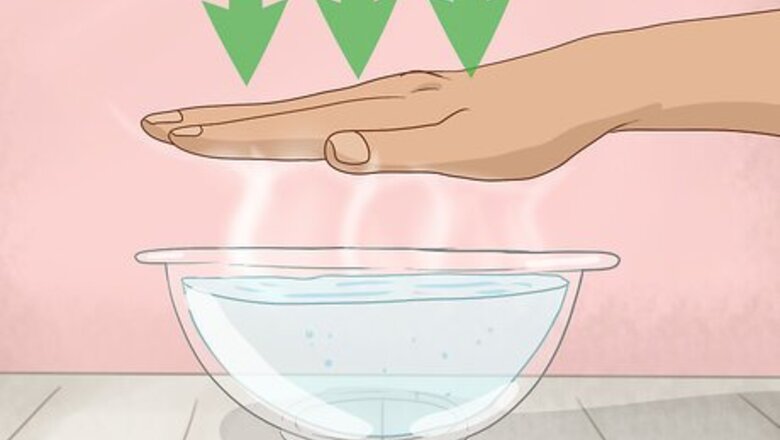
views
Using Your Hand and Elbow
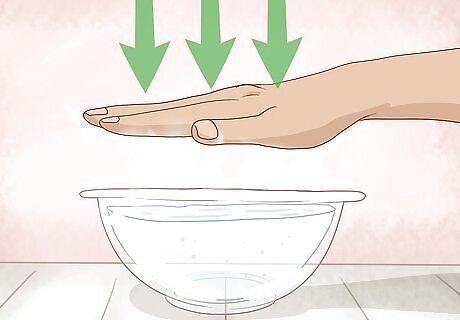
Hold your hand near the water. If you want to form a very rough idea of whether water is cold, lukewarm, or hot, first hold your hand above the water. If you feel heat radiate off of the water, it is hot and may burn you. If you feel no heat, the water will either be room-temperature or cold. Do not stick your hand directly into water—either in a kitchen or in nature—without first holding your hand above it to gauge the temperature.
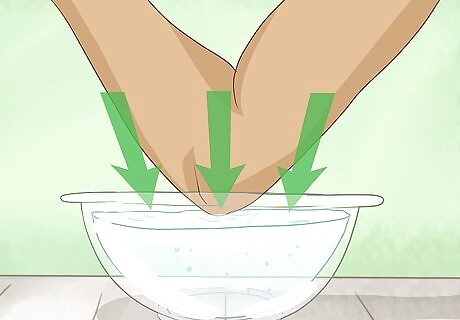
Dip your elbow in the water. If the water container is large enough, dip one of your elbows into the water. This will give you a rough idea of the water’s temperature. You’ll be able to instantly tell if the water is hot or cold. Avoid putting your hand into water of an unknown temperature, as you could scald yourself.

Gauge the water temperature. If you leave your elbow in the water or 5–10 seconds, you’ll be able to form a rough idea of the water’s temperature. If the water feels slightly warm, but not hot, it’s around 100 °F (38 °C).
Determining if Water is Cold
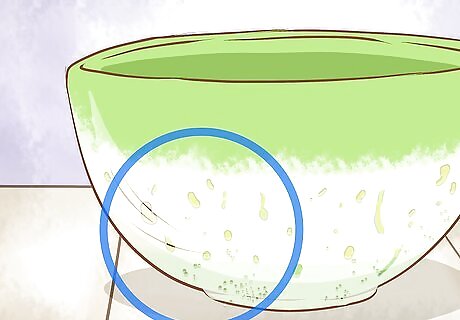
Look for condensation on the water container. If your water is in a glass or metal container (such as a thermos or a saucepan) and you notice condensation beginning to form, you’ll know that the water is colder than the surrounding air. Roughly speaking, condensation will form more rapidly when the water is much colder than the air temperature. If you notice that condensation forms on the outside of a glass in 2 or 3 minutes, the water you’re dealing with is very cold.

Note if ice begins to form. If the water in question is very cold and beginning to freeze, you’ll notice that a small layer of ice has begun to form around the edges. Water that is beginning to freeze will be very near 32 °F (0 °C), although it may still be a couple of degrees warmer, in the range of 33 to 35 °F (1 to 2 °C). If you’re looking at a bowl of water in your freezer, for example, you’ll notice small pieces of ice starting to form where the water meets the side of the bowl.
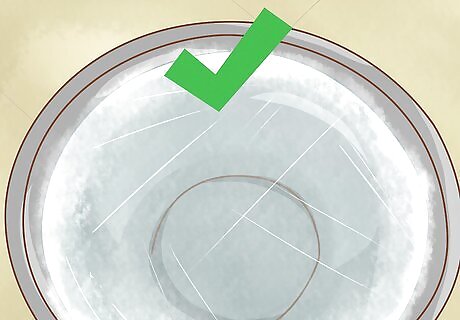
Check if the water is frozen. This is an easy step that you can complete with a single glance. If the water is frozen (solid ice), its temperature is at or below 32 °F (0 °C).
Gauging Heat by Bubble Size
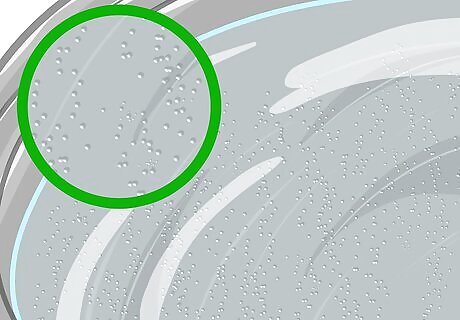
Look for small bubbles as water begins to heat. If you’d like to have a reasonably precise idea of water’s temperature as it heats, watch the small bubbles that form on the bottom of the pan or pot. Very small bubbles indicate that the water is roughly 160 °F (71 °C). Bubbles at this low temperature are said to look like “shrimp eyes”—about the size of the head of a pin.
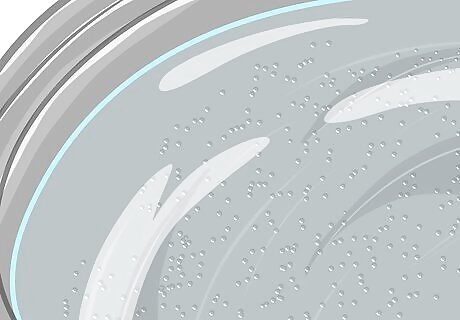
Watch for medium-sized bubbles. As the water continues to heat, the bubbles on the bottom will grow until they’re slightly larger than the “shrimp eye” size. This is a good indication that your heating water is nearing 175 °F (79 °C). Slight wisps of steam will also start to rise from the heating water as it reaches 175 °F (79 °C). Bubbles of this size are known as “crab eyes.”

Watch for larger, rising bubbles. The bubbles on the pot’s bottom will continue to grow in size, and eventually start rising to the top of the water. At this point, your water will be about 185 °F (85 °C). You can also tell when the water reaches 185 °F (85 °C) because you’ll be able to hear a slight rattling sound from the bottom of the pot. The first bubbles that begin to rise to the surface are about the size of “fish eyes.”
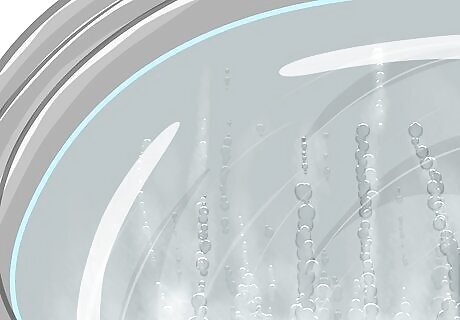
Look for the “string of pearls” phase. This is the final stage of heating water before it begins to fully boil. Larger bubbles from the bottom of the pot will begin to quickly rise to the surface, forming several continuous chains of rising bubbles. Water at this stage will be between 195 to 205 °F (91 to 96 °C). Soon after the “string of pearls” phase, the water will reach 212 °F (100 °C) and come to a rolling boil.


















Comments
0 comment